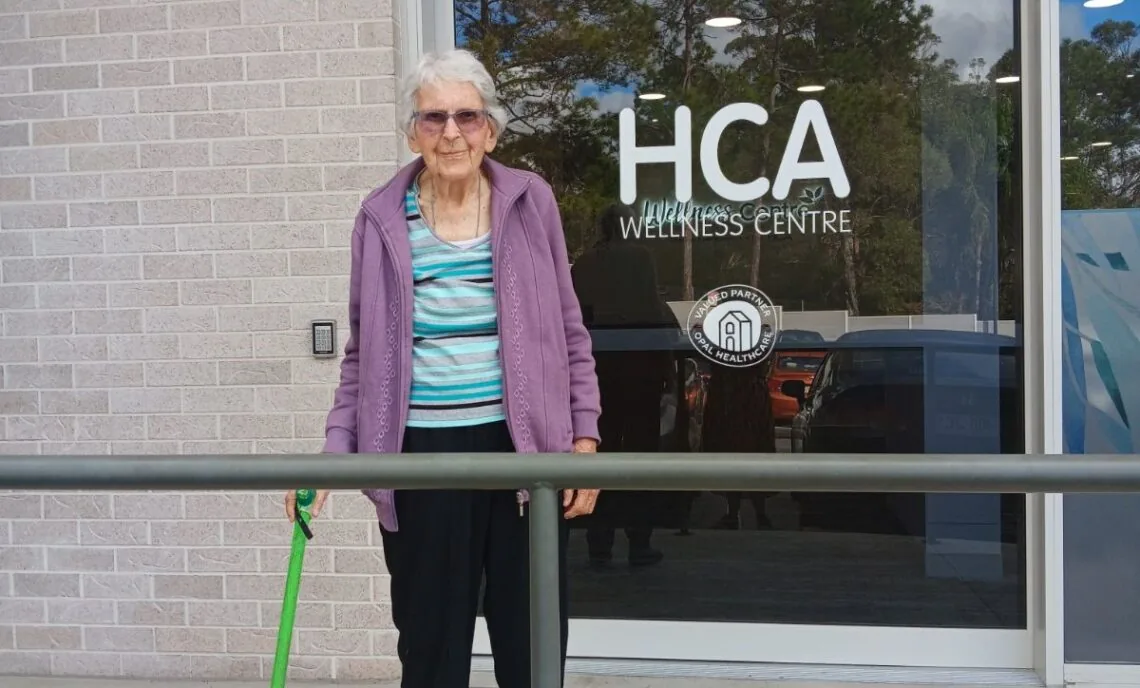
4 Ways Allied Health Care is Changing in Australia
Table of Contents
How Allied Health Care is Changing in Australia
It’s no secret that the healthcare industry is in a state of flux. From new technologies and treatments to changes in how care is delivered, the allied health field is constantly evolving.
In Australia, this has been driven in part by an ageing population and a growing focus on preventive care. As a result, there has been an increase in demand for allied health services. This has led to several changes in the way allied health care is delivered.
Here are just a few of the ways that Australia’s allied health is changing:
-
There is an increased focus on preventive care.
-
Allied health professionals are working more collaboratively with other health care providers.
-
Technology is playing a more prominent role in allied health care.
-
Patients are more engaged in their own care.
These changes positively impact the quality of care that patients receive. By focusing on preventive care, for example, allied health professionals can help to keep people healthy and out of the hospital. And by working collaboratively with other health care providers, allied health professionals can ensure that patients receive the coordinated care they need.

Looking to the future, it’s clear that allied health care in Australia is poised for even more growth and change. As the population continues to age and new technologies and treatments are developed, Australia’s allied health professionals will play an increasingly important role in the delivery of care.
For now, however, let’s take a deeper dive into the changes mentioned above and explore how they impact us today. But before we dive in, what exactly is allied health?
What Is Allied Health?
Allied health is a term used to describe healthcare professionals that use scientific approaches and evidence-based treatment to diagnose, evaluate, and treat acute and chronic illnesses.
The premise consistently focuses on promoting disease prevention and healthy living for optimum wellbeing, while also employing administration management talents to assist healthcare systems in various settings.
4 Changes In Australia Allied Health Care

Change #01: An Increased Focus on Preventive Care
The allied health field has always been focused on helping people to maintain their health and wellbeing. However, in recent years, there has been an increased emphasis on preventive care. This means that allied health professionals are working to help people prevent illness and injury before it occurs.
There are many reasons for this shift. One of the most important is the ageing population. As people live longer, they are more likely to experience chronic health conditions. By focusing on preventive care, allied health professionals can help to keep people healthy and out of the hospital.
However, it isn’t only the ageing population that is driving this change. Preventive care is also crucial for people of all ages. This is because preventing illness and injury can not only save hospitals money, but more importantly, it saves human life. After all, isn’t that what health care is all about?
Change #02: Collaboration With Healthcare Providers
In the past, allied health professionals often worked in isolation from other health care providers. However, this is changing. As the healthcare system evolves, allied health professionals are working more collaboratively with physicians, nurses, and many other experts in the medical field.
There are multiple benefits to this increased collaboration. When allied health professionals work together with other health care providers, patients receive more coordinated and effective care. In addition, this collaborative approach can help to improve communication and reduce errors, which ultimately leads to better patient outcomes.

Change #03: Technology is Playing a Larger Role in Allied Health Care
Technology is changing the way that health care is delivered across the board, and allied health care is no exception. From telehealth services to electronic medical records to smart wearables, technology plays a more significant role in how allied health professionals provide care.
Telehealth, for example, is providing patients with access to care that they wouldn’t otherwise have. By using video conferencing and other technologies, allied health professionals can provide care to patients who live in remote areas. In addition, telehealth can be used to improve access to specialist care.
Wearable devices are another example of how technology is changing allied health care. Smart devices can track a patient’s health data and provide real-time feedback, which doctors can use to improve the overall quality of care that patients receive.
Change #04: Patients Are More Engaged
Patients often took a passive role in their own care in the past. They would see their doctor and follow whatever treatment plan was prescribed. However, this is now changing.
Today, patients are more engaged in their own care than ever before. They are taking a more active role in decision-making and choosing the treatments that are right for them. This shift is being driven by several factors, including the increased use of technology and the rise of patient-centred care.
As patients become more engaged in their own care, allied health professionals play a more critical role in providing education and support. By helping patients to understand their options and make informed decisions, allied health professionals can help to improve the quality of care and the overall health of the population.
The Scope of Allied Health Care is Expanding
The allied health field is constantly evolving. As our understanding of health and disease grows, the scope of allied health care expands. This means that allied health professionals are taking on new roles and responsibilities, which suggests that the future of allied health care is very bright.
So, what does the future hold for allied health care in Australia? Only time will tell. But one thing is certain: Allied health care is changing, and it’s changing for the better.
If you’re interested in becoming part of this positive change with a career in allied health, now is a great time to get started. With so many transformations taking place, allied health professionals are in high demand. So, if you’re ready to make a difference, there’s no better time than now.
Do you have what it takes to be an allied health professional? Contact Healthcare Australia today, your local allied health care provider, and find out how you can get started in this rewarding and challenging field.


